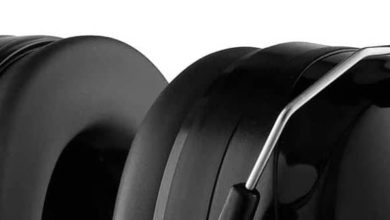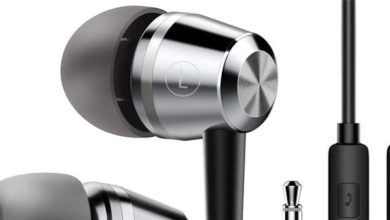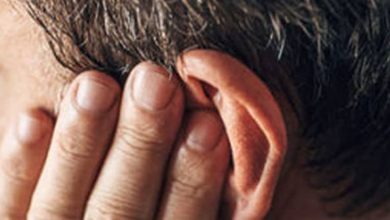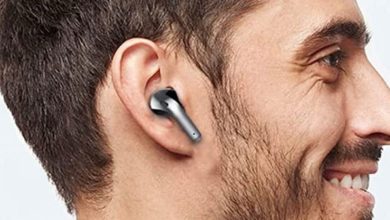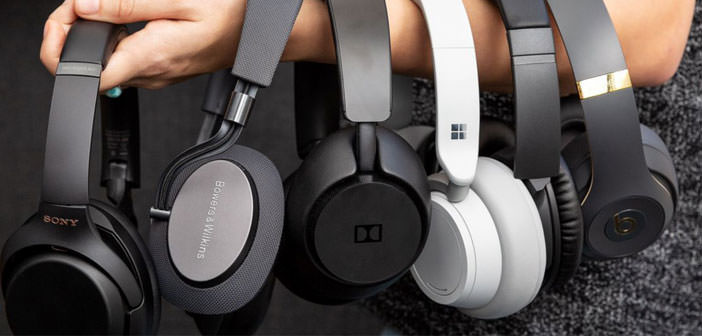
What to know before buying a pair of headphones: Useful tips
There are many things to remember when buying a pair of headphones. You will have to answer many questions before going into the choice. First of all: what will you need them for? To listen to music on the way to work or school? For gaming? To connect them to the TV? At the PC? To play sports?
And then: what shape do you want to buy? Better an in-era headset or a traditional headset? Wired or wireless? How much do you want to spend? We will see in this guide the different features of the headphones to consider for purchase without regrets.
Infrared headphones
If you have chosen wireless headphones, you will also need to choose the type of connection (infrared, radio frequency, Bluetooth). Infrared (IR) wireless headphones are now rare on the market, being the least sought after among the three wireless connections (infrared, radio frequency, and Bluetooth). Their main drawback is that they don’t leave much range of motion.
To make you understand better, we can tell you that the technology is the same used by the TV remote controls: also, it is necessary that the transmitter and the headphones are facing each other and that the distance does not go beyond about 10 meters.
Radio frequency headphones
Radio frequency (RF) technology is the most widely used. Its main advantage is that it allows a wide range of action, and the signal is not interrupted by obstacles between the transmitter and receiver. Some models can work up to 100 meters away; the signal still arrives even if there are walls in between.
Bluetooth headphones
Bluetooth (BT) technology is the most versatile because it does not require a fixed transmitter base, unlike other technologies. Bluetooth headphones are the ones to be paired with smartphones, tablets, and similar devices to take even outside the home. They are therefore ideal for those who use headphones to go to the gym, jogging, or for moving around the city. However, they can also be used at home to watch a movie on TV.
The frequency response
To choose your headphones, you must evaluate the frequency response (sometimes called bandwidth). It is measured in Hertz (Hz) and indicates the frequency range covered by the headphones. This concept must be accompanied by a gap, which indicates the distance from the fidelity of the sound. Hence, the good quality headphones have a wide frequency and a low gap. To get more concrete, you need to know that the human ear can hear frequencies ranging from 18 Hz up to 22,000 Hz.
The sensibility
Headphone sensitivity is another feature you will need to check. Identifies the volume measure the headphones are capable of reproducing. Technically it is indicated taking into consideration the applied voltage, and the sensitivity value is expressed in decibels (dB).
Without prejudice to the fact that listening at excessive volume can be harmful, there are indicative data that manages to establish a threshold value between a good level headphone and one of a lower level. It is usual to indicate the limit with the value of 85 dB.
Impedance
Finally, the impedance is among the technical data (beyond the frequency response and sensitivity). It is evaluated in volts/amperes (ohms) and expresses the degree of resistance the sound encounters before coming out of the headphones.
A high impedance means quality and can range from 6 ohms up to 600 ohms, and its value depends a lot on the amplifier it is connected to since a high impedance reduces the volume of the sound. Pay attention to this detail that can be useful for choosing the best headphones for the device with which you intend to use them.
In-ear headphones
They are very light and small and can offer excellent sound quality, as they can cancel out external noise. They are wrapped in two rubber pads, which can be of different sizes (small, medium, large) and are made of silicone or memory foam.
On-ear headphones
Unlike in-ear headphones, on-ear headphones include all those headphones that rest on the ears. They are characterized by two large pavilions held together by an arch. There are several models, and they don’t weigh much.
Over-ear headphones
These headphones are very similar to the on-ear ones, with the difference that the two pavilions completely envelop the ears instead of resting. For this reason, they are especially suitable for excellent audio quality. They also have the advantage of ensuring a good reduction of external noise.
Product prices and availability are subject to change. Any price and availablility information displayed on Amazon at the time of purchase will apply to the purchase of any products.

